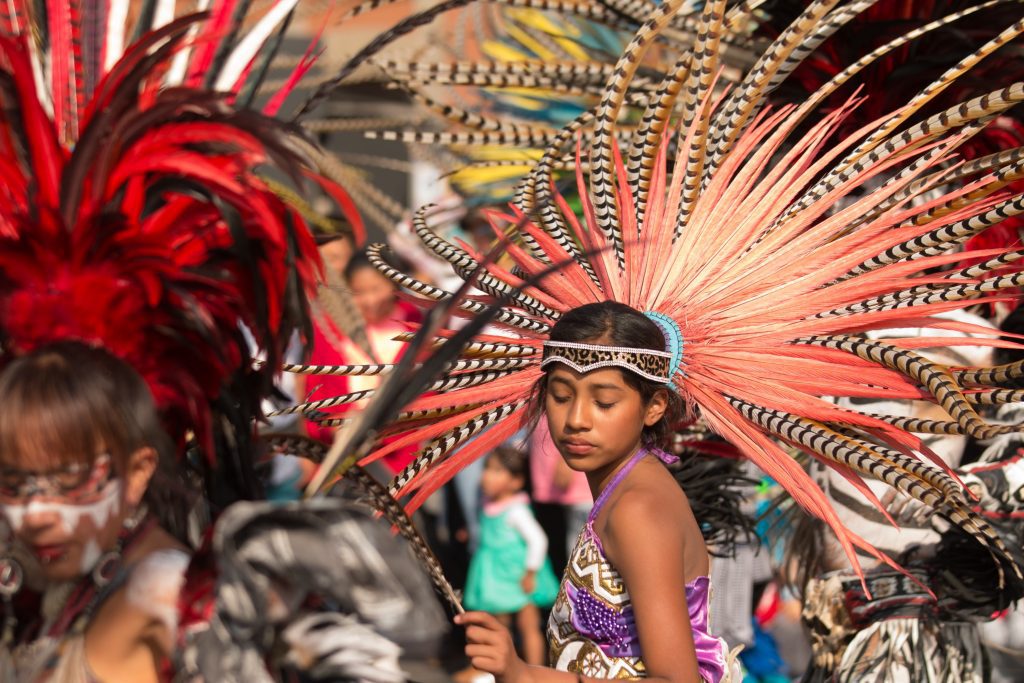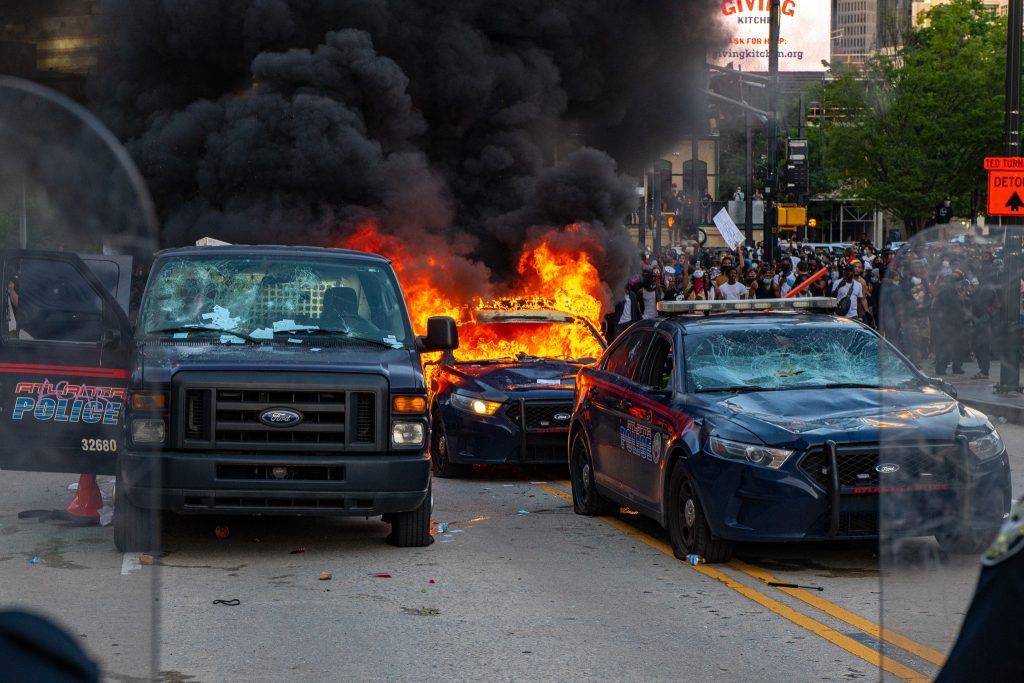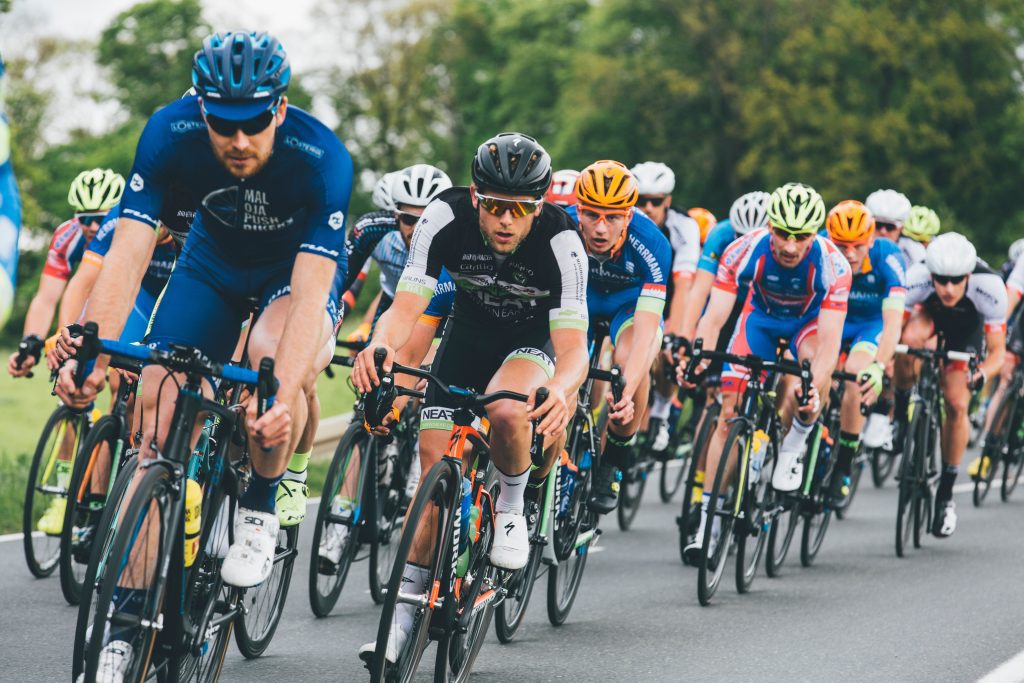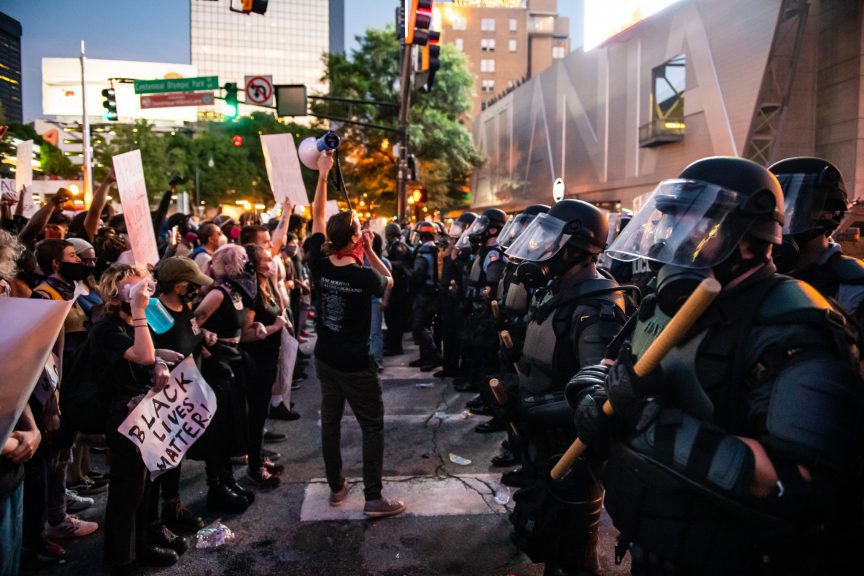Photojournalism is a unique photographic genre because it requires much more than good technical and composition skills. Its aim is not a good photograph but an accurate representation of reality. What enters the frame is essential. The photojournalist gets right in the middle of the events and has to be fast and efficient. At the same time, they have to be ethical, respectful, and truthful. If you are considering entering the world of photojournalism, start by getting to know yourself and understanding your purpose. Let’s explore how to get started with photojournalism.
What is Photojournalism?
Photojournalism refers to capturing the news in photographs. The photographic genre illustrates newspapers and adds informative images to magazine articles. Photojournalism documents events and may have a very rapid pace and short life (news) or a slower pace and longer life (features).
A news photograph has to reach the public minutes or hours after it was taken. It is the one photo that says everything about an event. Features include photographs depicting an event and often appear after the event ends. They are descriptive, have a narrative line, and include several types of composition (e.g., environmental shots, close-ups, portraits, etc.).

Photo by Daniel Lloyd Blunk-Fernández on Unsplash
Basic Skills for Photojournalism
Much of photojournalism is journalism, and you’ll notice that many famous photojournalists have a background in journalism. They are reporters who use photography instead of writing as a means of expression. So, start by learning what makes the news, how to answer the questions of journalism, and how to document a story.
You will also need a strong network in the industry, as photojournalism photos get published only on media platforms. As news gets old quickly, you need a reliable publisher to deliver your photos to the public.
Because everything happens so fast, a photojournalist needs to know the gear by heart and be able to photograph without thinking about camera settings and composition. Taking good photos has to become instinctive. And because photos need to travel fast, the photojournalist is most of the time the editor.
But the most crucial skill of a photojournalist is a respectful attitude towards the world. They don’t interfere with the truth, don’t manipulate the images to change their meaning, and don’t stage their photos for a more impressive response. They don’t rally with any party. They show nothing but the truth, most neutrally and honestly. Photojournalists act like surveillance cameras.

Photo by Bryan Elliott
Best Gear for Photojournalism
If you choose to cover the news and find yourself amid the events, a small camera and a general-purpose lens are all the gear you need. For high-quality images, a full-frame mirrorless camera will serve you well. And for capturing the moment, a 50mm lens is all you need. Photojournalism often means shooting in difficult situations, even dangerous ones. You want a discrete camera, silent and small, easy to hide when needed but always prepared to take a photo. Look for fast and silent autofocus, optical image stabilization, and the largest sensor a small camera can hold.
If you choose to do features and photograph events at a slower pace (e.g., sports events, fashion shows, festivals), you can use heavier gear that needs more setup time, such as a full-frame DSLR, telephoto lenses, and a tripod. For different photo setups (e.g., environmental shots and close-ups), it’s usually better to prepare two cameras and lenses in advance.

Photo by Markus Spiske on Unsplash
Conclusion
Photojournalism is definitely not for everyone. It takes courage, integrity, speed of reaction, and self-sufficiency. But if you want to take candid photography to an extreme and love to be the one who tells the news, this is the photographic genre for you. Learn journalism and photography simultaneously and become a public servant of the truth.
Cover photo by Bryan Elliott

